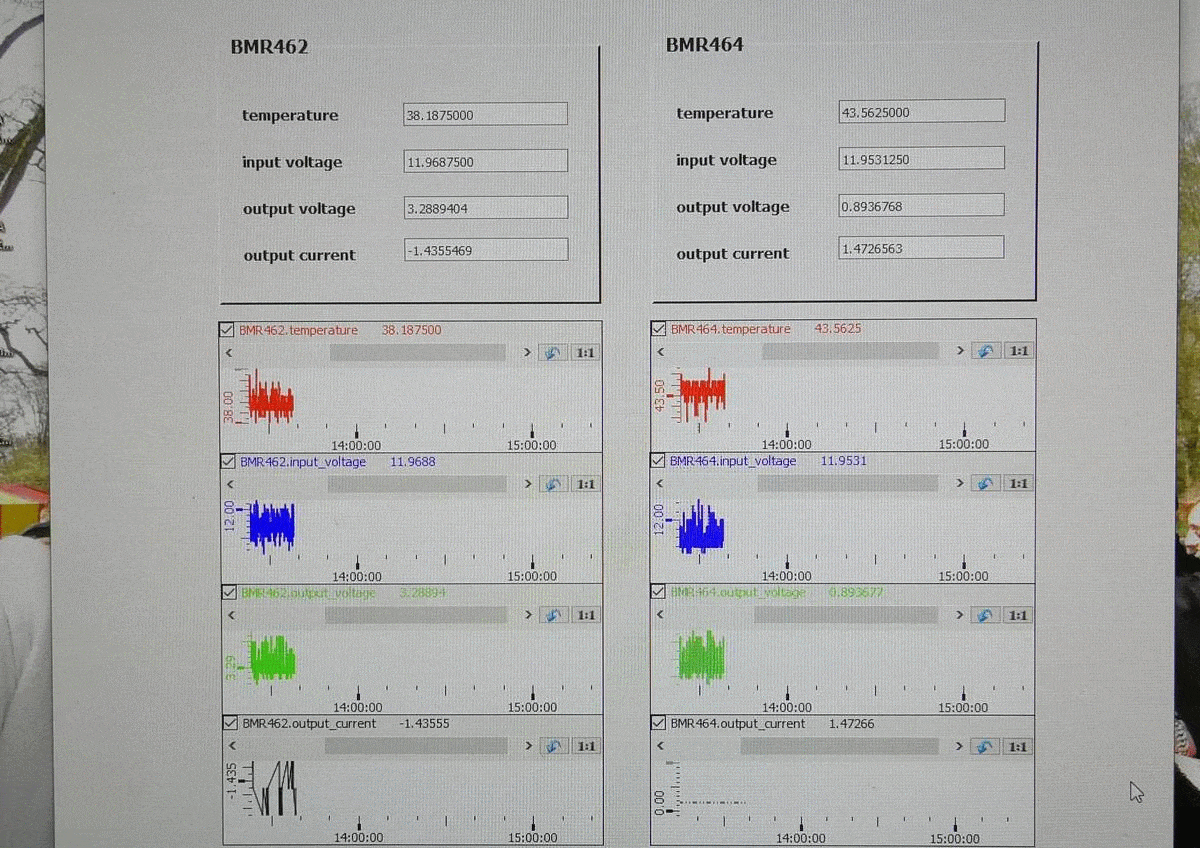Daily Image
03-03-2020First OPC-UA-based prototype monitoring interface for a LOFAR2.0 Station
| Submitter: | Arthur Coolen, Thijs Snijder, Leon Hiemstra, Arno Schoenmakers |
| Description: | In LOFAR2.0, we want to maximize usage of available industry-standardized interfaces. These standards are often very mature, have many robust API software implementations, are widely used in industry automation and are well documented. Many COTS components (IoT equipment, sensors, micro's) already offer such standard interfaces out of the box. One commonly used interface in industrial automation is the OPC Unified Architecture (OPC-UA). This is a well-developed standardized protocol with many interesting and advanced features that can be the basis of all internal and external LOFAR2.0 station interfaces. See Wikipedia for a nice introduction and further references. Using OPC-UA , we can implement the monitor and control interfaces of the new LOFAR2.0 station much more easily and much faster. Knowledge transfer about these interfaces is much more trivial, and changing components for newer versions is less problematic and time intensive. To demonstrate the ease of use of OPC-UA, we created a small prototype setup. Thijs Snijder (graduate student at DESP) and Leon Hiemstra used a power module board from a Uniboard that provides, among other things, temperature sensing. To export the temperature data, Thijs installed an out-of-the-box OPC-UA server, provided as a Python library, on a Raspberry-Pi. The Raspberry reads out the chips' temperatures using PMBUS, an I2C based protocol, and provides this data to its OPC-UA python server program. The OPC-UA server can then be connected to, over the network, with any OPC-UA client installation to obtain these values. To read out the exported values from the Raspberry, and display the measured temperature values, Arthur Coolen used the WinCC-OA SCADA system (also used in LOFAR and Apertif). The WinCC-OA system has built-in OPC-UA client support which allows discovery of available OPC-UA servers on the network and retrieval of their data fields. Furthermore, WinCC-OA stores the acquired data it in its internal database and can display the values in graphs on a screen. All this functionality could be setup and demonstrated in a matter of hours, instead of days to weeks were we to program all the involved steps ourselves. And this was just for a first attempt...! We show that with very little effort, and using the right tools, we can setup industry-standard monitor functionality using OPC-UA as the middle layer between the real hardware and our monitoring software. This offers a glimpse of what we can achieve using OPC-UA in LOFAR2.0 as a whole. |
| Copyright: | ASTRON/NWO |
| Tweet |  |
